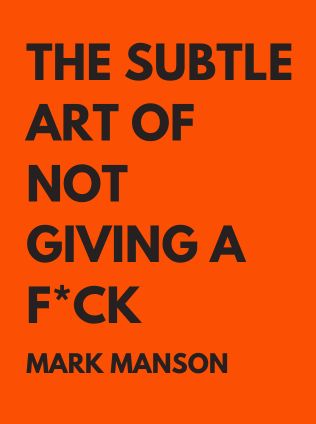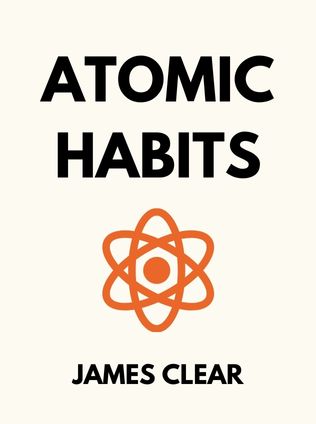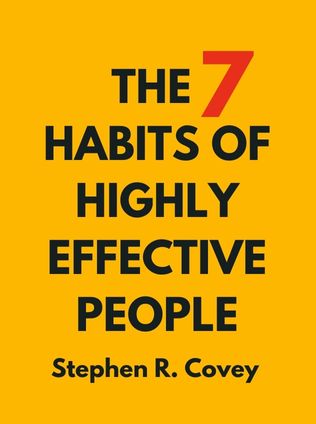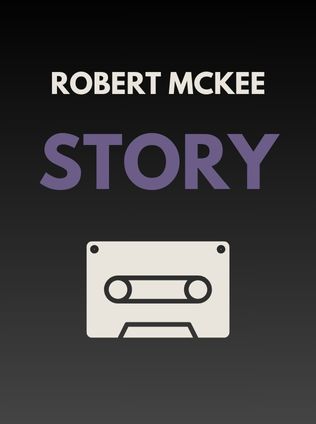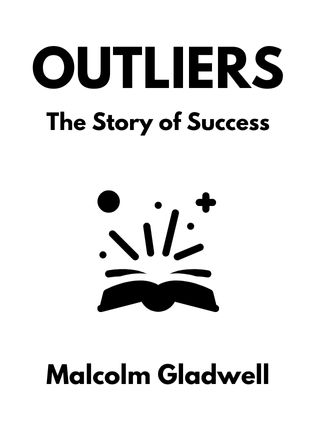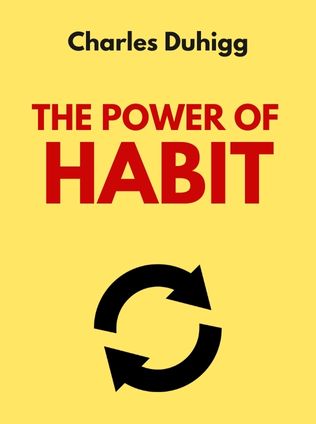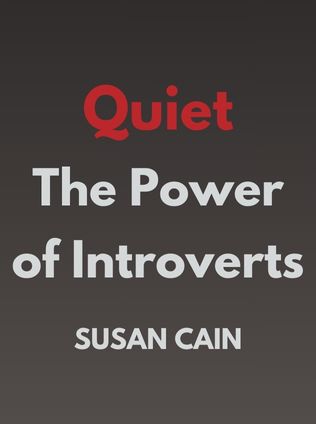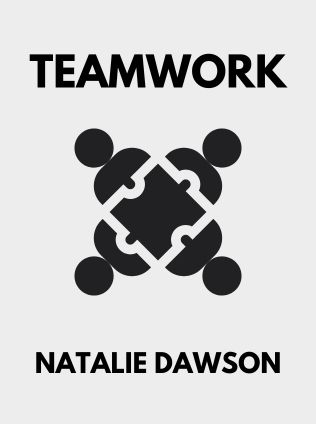
TeamWork
How to Build a High-Performance Team
By Natalie Dawson
Published 11/2021
About the Author
Natalie Dawson is a renowned expert in developing people and building scalable teams. With a rich career history that includes interviewing, hiring, training, and leading thousands of employees, she has honed her skills in aligning employees with business objectives for measurable returns on investment. Most recently, she served as the Executive Vice President and Partner of Cardone Ventures, a management consulting, joint ventures, and private equity firm. Her specialty lies in creating robust frameworks that facilitate personal, professional, and financial growth through effective team management.
Main Idea
The central theme of TeamWork: How to Build a High Performance Team by Natalie Dawson is to provide a comprehensive guide for business owners on creating and managing high-performance teams. The book emphasizes the importance of a structured approach to team building, focusing on alignment, development, and transition of employees within the organization. By implementing the strategies outlined in the book, business leaders can achieve cultural, operational, and financial scalability, ultimately leading to the success of their enterprises.
Table of Contents
- Introduction
- Employee Engagement Cycle
- Mission Statement
- Vision Statement
- Core Values
- Where to Use Your Mission, Vision, and Values
- Job Post
- Interview Process
- Onboarding
- Daily All-Team Meetings
- PPF Goals
- One On Ones
- Quarterly Team Meetings
- Employee Maturity Model
- Performance Reviews
- Performance Improvement
- Firing
- Conclusion
Introduction
Building a high-performance team is not just about hiring the right people; it's about creating a system that fosters continuous improvement and alignment with the business's goals. Natalie Dawson's book provides actionable insights and practical tools that business owners can implement to enhance their team dynamics and achieve greater success. By focusing on the real-world application of these strategies, Dawson ensures that readers can see tangible results in their businesses.
Employee Engagement Cycle
One of the core concepts introduced in the book is the Employee Engagement Cycle, which comprises three phases: alignment, development, and transition.
Alignment
In this phase, employees are either new hires or newly promoted, and the goal is to ensure that they are aligned with the company's mission and values. This initial alignment is crucial for setting the right expectations and fostering a sense of belonging within the team.
Development
The development phase focuses on nurturing employees to become top performers in their roles. This involves continuous learning, setting personal and professional goals, and providing opportunities for growth. As Dawson puts it, "60% of your team should be in the development phase, focused on being top performers in their roles."
Transition
Transition is about moving employees through different stages of their careers within the organization. This could mean promotions, lateral moves, or even transitioning out of the company when necessary. The key is to manage these transitions effectively to minimize disruptions and maintain team morale.
Sign up for FREE and get access to 1,400+ books summaries.
You May Also Like
The Subtle Art of Not Giving a F*ck
A Counterintuitive Approach to Living a Good Life
By Mark MansonRich Dad Poor Dad
What the Rich Teach Their Kids About Money - That the Poor and Middle Class Do Not!
By Robert T. KiyosakiHow To Win Friends and Influence People
The All-Time Classic Manual Of People Skills
By Dale CarnegieQuiet: The Power of Introverts
The Power of Introverts in a World That Can't Stop Talking
By Susan Cain
